Jars for home canning must have several characteristics including being made of heat-safe, food-safe glass intended for continual re-use, and having a re-usable lid system that can hold a vacuum seal reliably.
If you’re someone who home preserves regularly, jars are something you will be periodically buying.
Sometimes a new design of jar will come on the market that catches your fancy. Sometimes you’ll need to expand your inventory to handle a bumper crop of something that has come your way. And sometimes, you’ll buy just to replenish your existing stock. Everyone’s “herd” of canning jars shrinks overtime owing to give-aways that don’t find their way back home.
When giving someone a jar of something for the first time, it’s usually fine to say with a smile, “the jar’s re-usable for ever, so bring the jar back for refills!” Not everyone knows that anymore, and many well-meaning people toss them in recycling. It won’t always work, but it does improve the odds of jars coming back — eventually.
Considering keeping empty jar boxes, if you have the storage space, to store jars for next season as they get freed up. Keep the outside plastic wrapping around the bottom and sides of the box intact to strengthen the box. Store the jars upside down in their boxes. This keeps dust, debris and critters out of the jars.
Only Mason jars with screw-top lids are proactively recommended for safe home canning. Some types, such as the bail-type jars made by Kilner and le Parfait, are directly recommended against. Other types, such as Weck jars, have no positive recommendation but no recommendation against, either.
U.S customs pretty much only recognizes Mason jars as “preserving jars” for the purpose of duties and import charges:
Customs proposed that the principal use for the class ‘preserving jars of glass’ is jars purchased and used for home canning only. Further, there are identifiable characteristics that are indicative, but not conclusive of the principal use of glass jars classifiable as ‘preserving jars of glass’. These would include glass articles of any shape that are between .23 and 2.2 liter sizes, and are the shape and height of regular and wide-mouth ‘Mason-type’, threaded, home-canning jars with self-sealing lids. Generally, the standard jar mouth opening is about 2\⅜\ inches with wide mouth jars having 3 inch openings. ‘Mason-type’ jars have narrower sealing surfaces and are tempered less than most commercial pint and quart-size jars. …. Glass articles with wire bails and glass or porcelain caps or lids were considered not classifiable as ‘preserving jars of glass’ as their physical characteristics do not allow them to be recommended for home canning use.” [1] Department of the Treasury Customs Service. Tariff Classification of Imported Glassware. Federal Register Volume 61, Number 2 (Wednesday, January 3, 1996). FR Doc No: 95-31593. Pages 223-229. https://www.gpo.gov/fdsys/pkg/FR-1996-01-03/html/95-31593.htm
A part of Mason jar history that today’s manufacturers don’t necessarily bandy about is the jars’ link with booze:
It was the ratification of the 18th amendment in 1919 that really started things rolling [for mason jars.] This time the unlikely demographic [for them] was moonshiners. During prohibition… these homegrown entrepreneurs saw the benefit of storing and selling their wares in Mason jars, as they provided a known quantity. A quart jar was a quart jar, no matter if it contained tomatoes or white lightning. … So entwined are the histories of moonshine and Mason jars that several myths have blossomed from their union. First, it was said that moonshiners were so influential on the Mason jar business that companies like Ball manufactured square jars to be more packable… ” [2]Moser, Joann. Mason Jar Nation: The Jars that Changed America. Cool Springs Press. 2016. Page 20.
See also: Ball Jars, Bernardin Jars
- 1 Atlas mason jars for home canning
- 2 Bail Lid Jars
- 3 Canning Jar Sizes
- 4 Frutta del prato jars
- 5 Gem Jars and Lids
- 6 Golden Harvest Mason Jars
- 7 Kerr Jars
- 8 Kilner Jars
- 9 Le Parfait Familia Wiss Mason Jars
- 10 Le Parfait's hinged-lid jars
- 11 Leifheit Jars
- 12 Lightning Jars
- 13 Quattro Stagioni Jars
- 14 Re-using jars from store-bought products
- 15 Weck Jars
Atlas mason jars for home canning
Bail Lid Jars
Canning Jar Sizes
Frutta del prato jars
Gem Jars and Lids
Golden Harvest Mason Jars
Kerr Jars
Kilner Jars
Le Parfait Familia Wiss Mason Jars
Le Parfait's hinged-lid jars
Leifheit Jars
Lightning Jars
Quattro Stagioni Jars
Re-using jars from store-bought products
Weck Jars
References

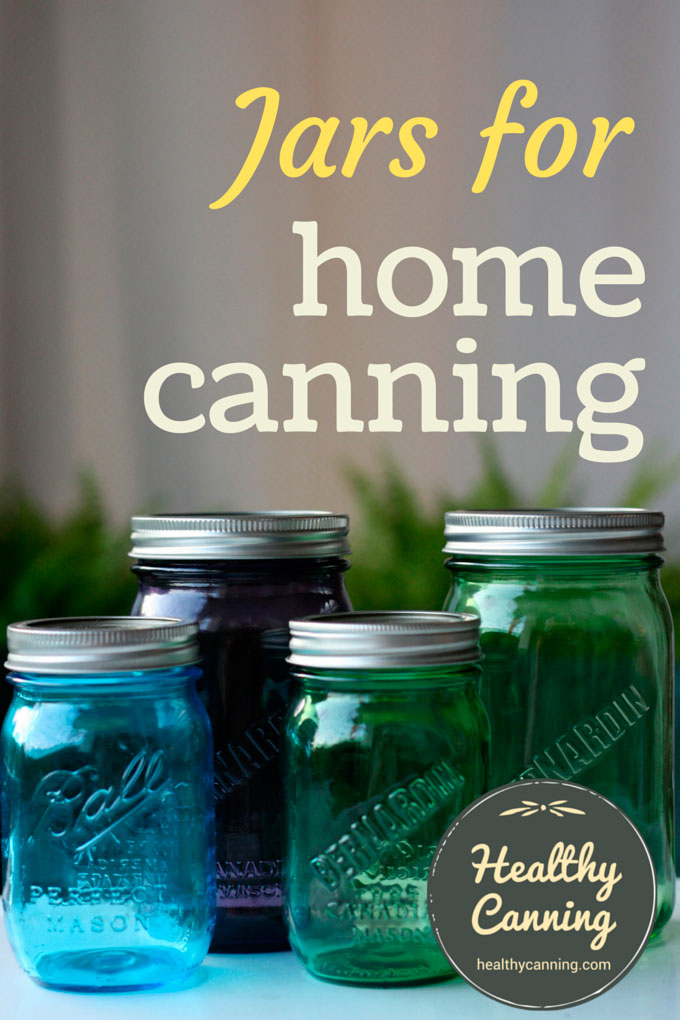
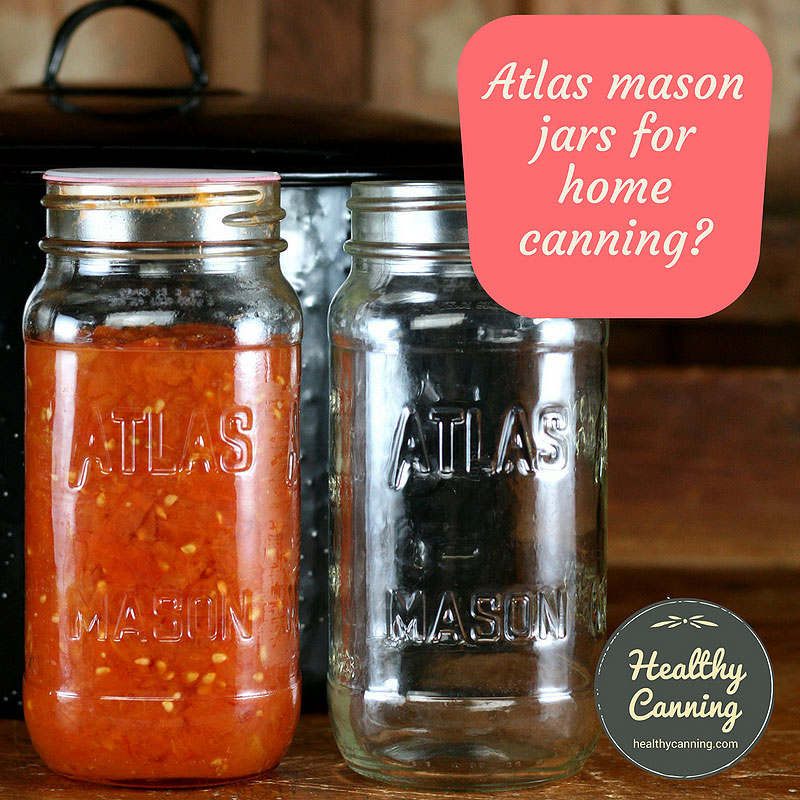
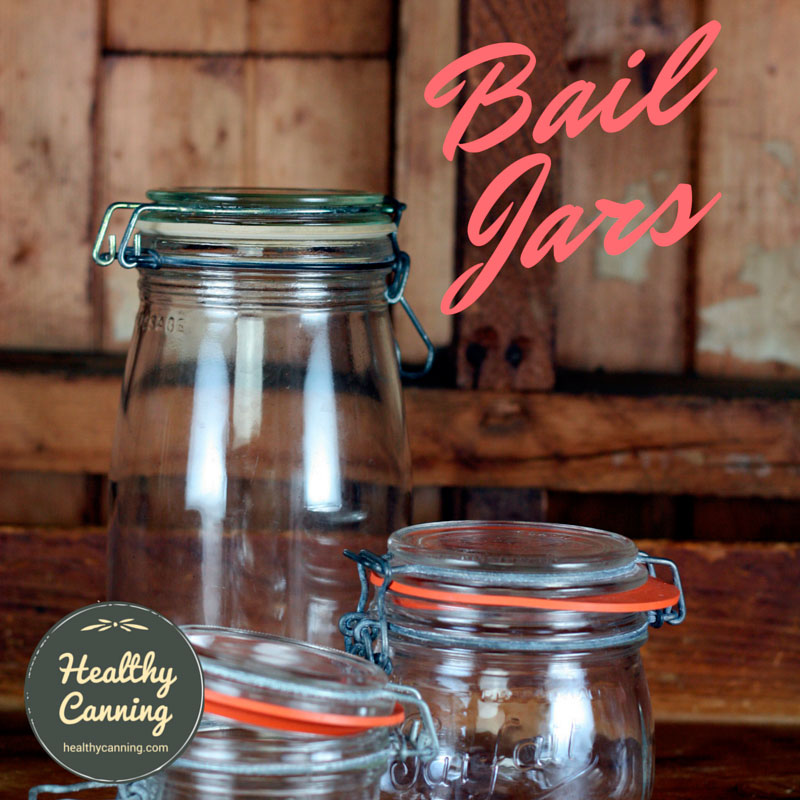
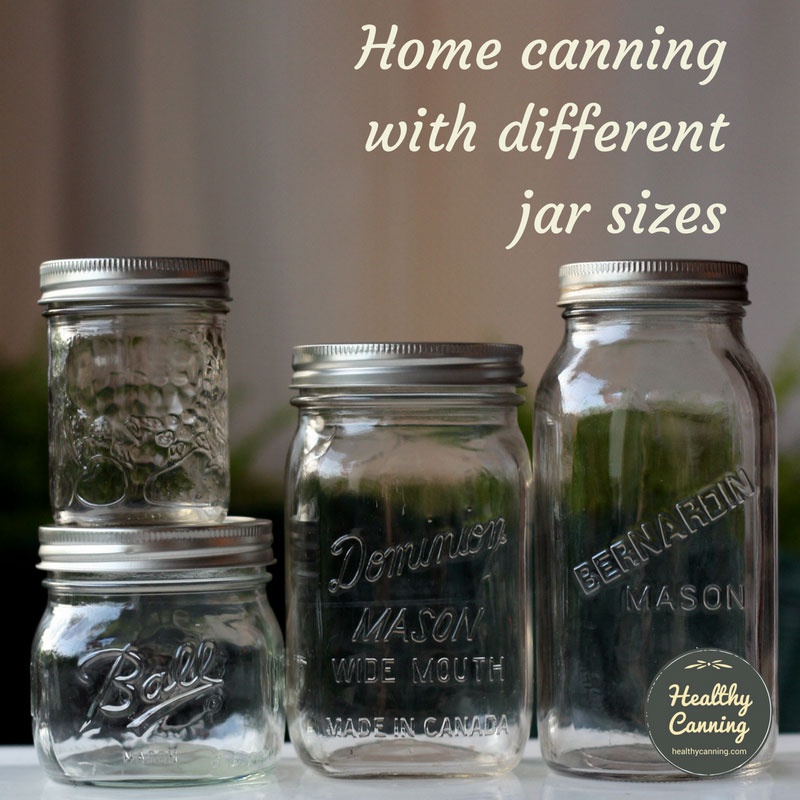
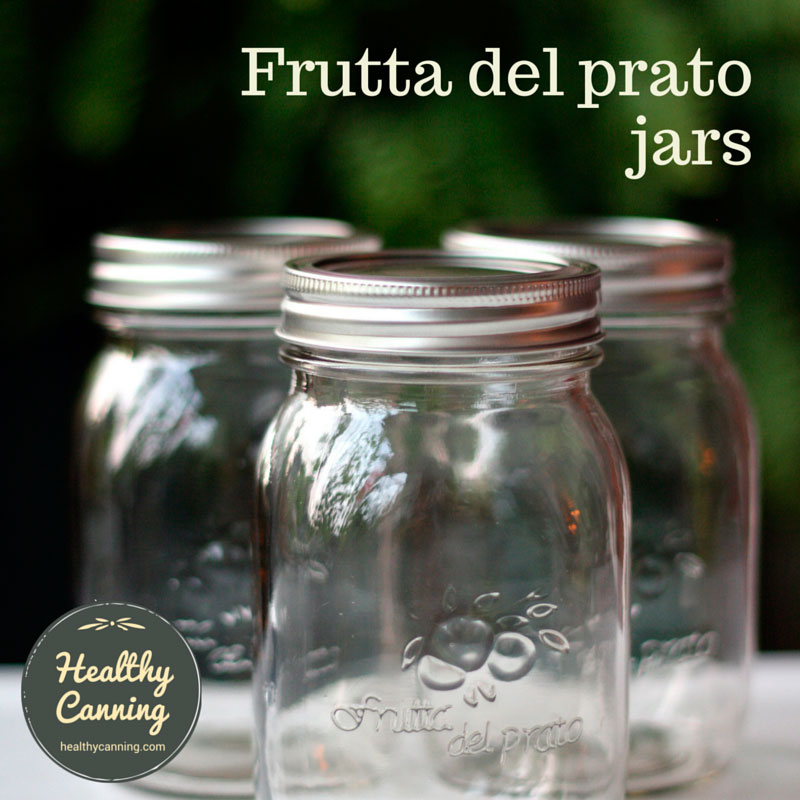
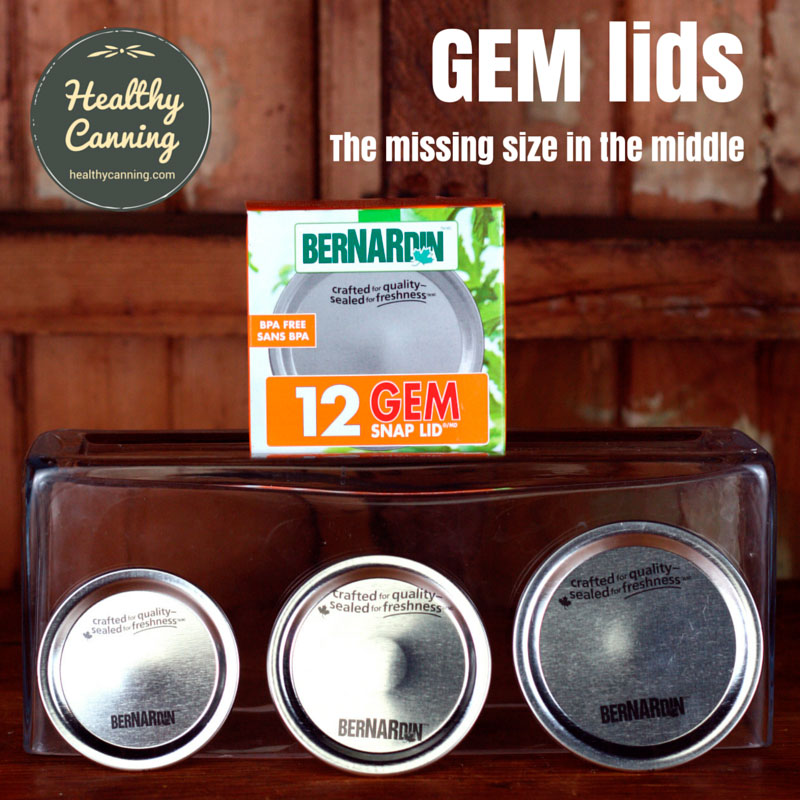
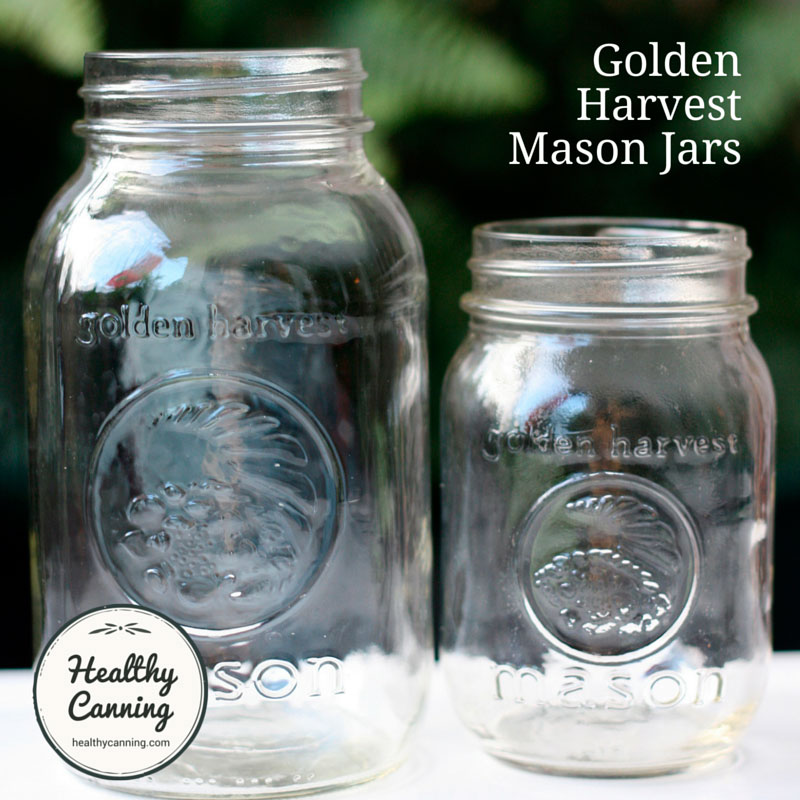
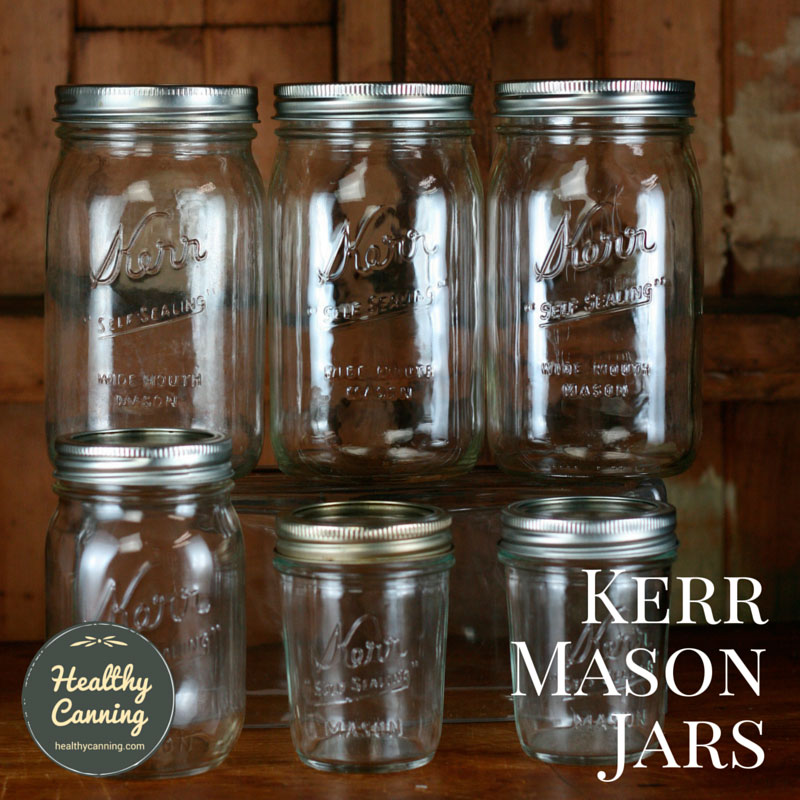
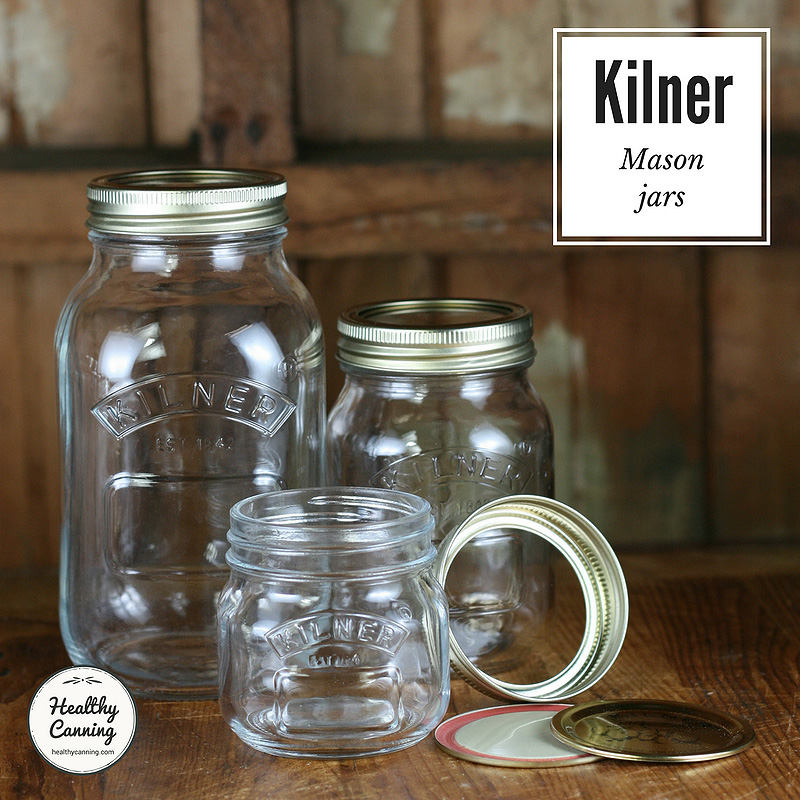
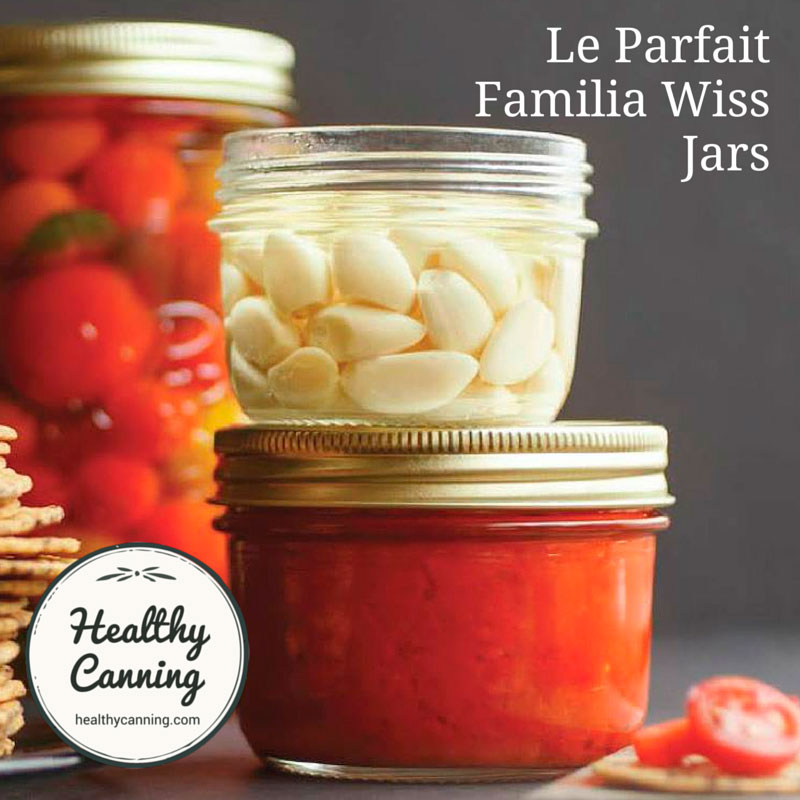
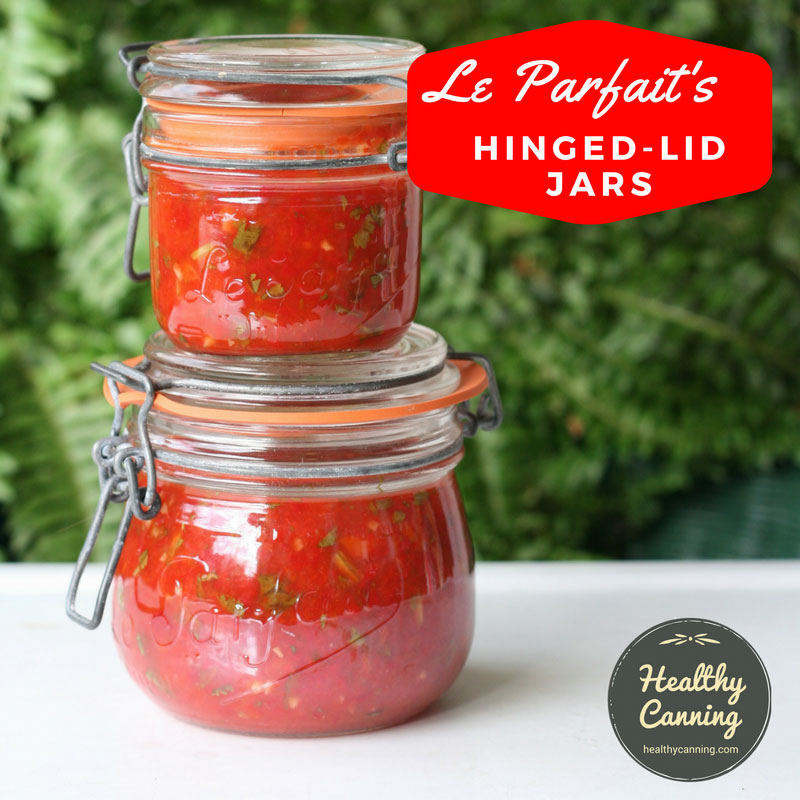
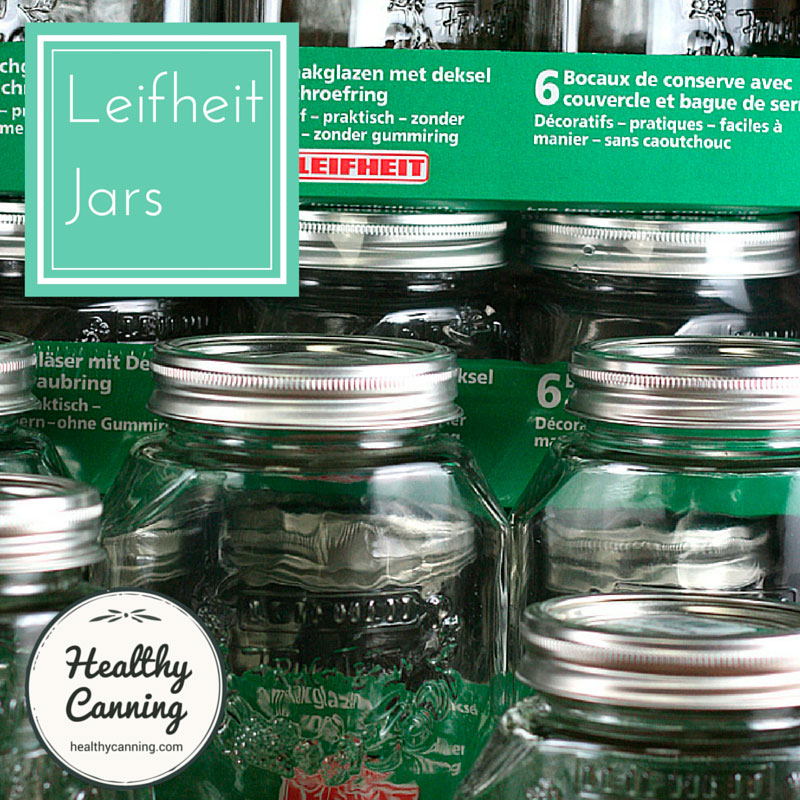
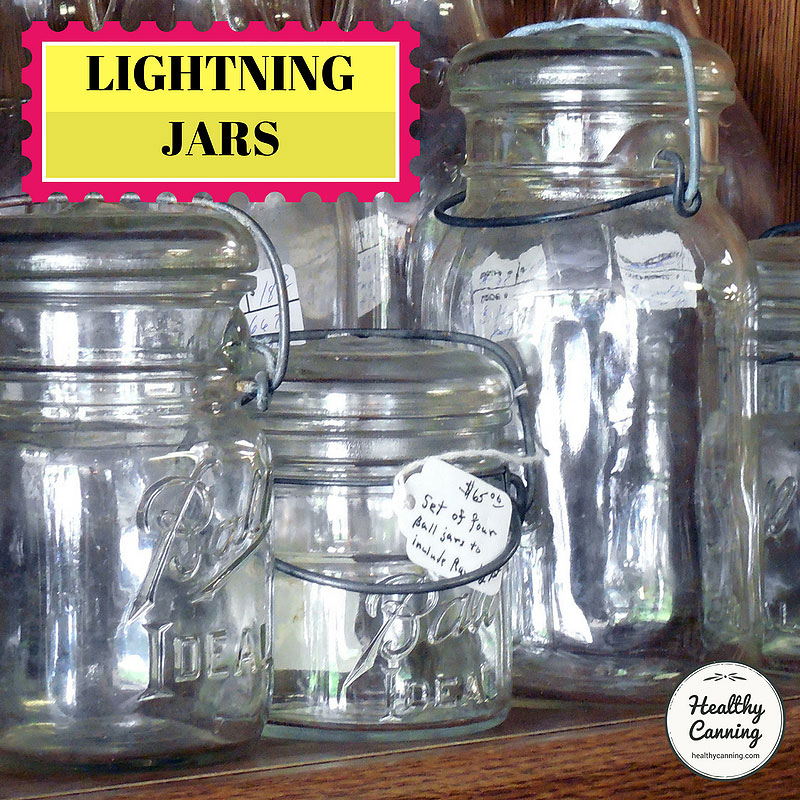
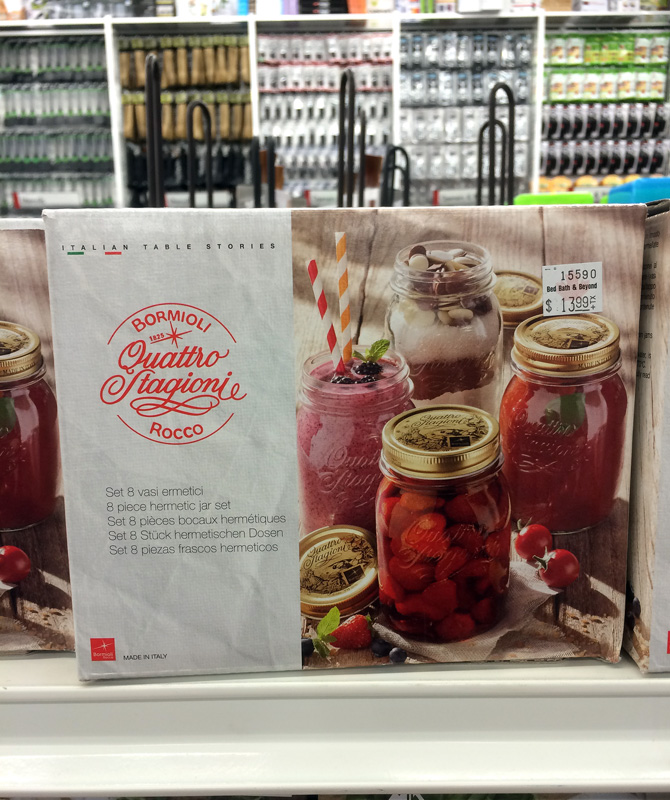
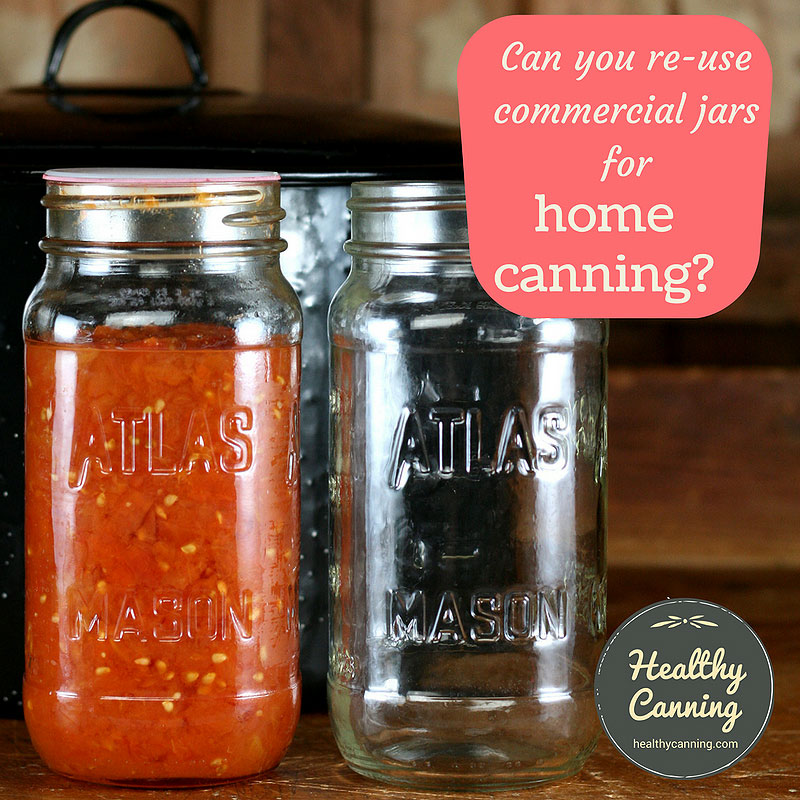
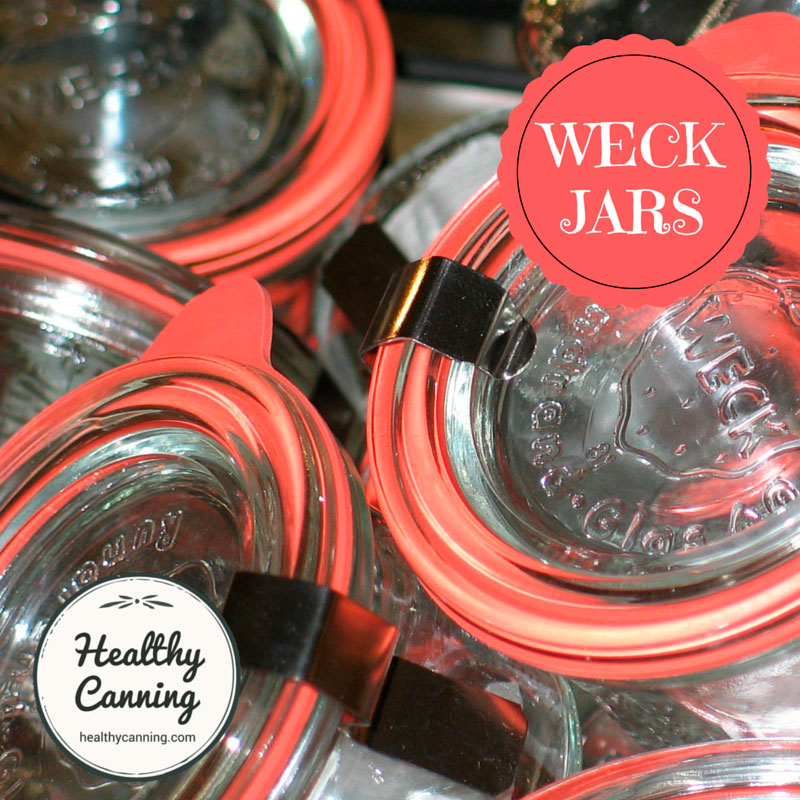
Myra
What are your thoughts on Anchor-Hawking jars?
Hannah
Have you found any information about Presto jars and lids? I’m trying to determine if I can use ball jars with the vintage glass lids. Thank you for all your fantastic information on here.
Tavernier
Good morning where can I buy wide mouth 8 oz mason jars with lids at a wholesale price please? Thanks a lot